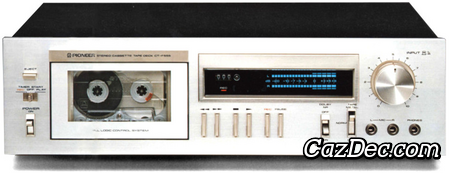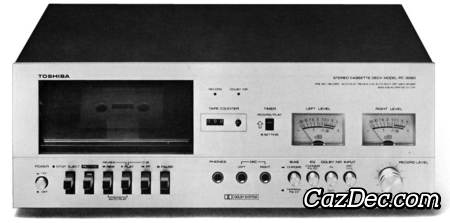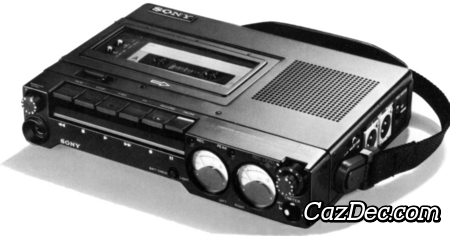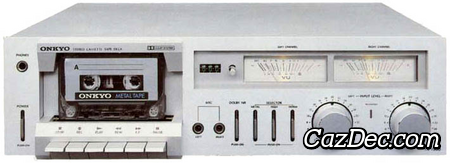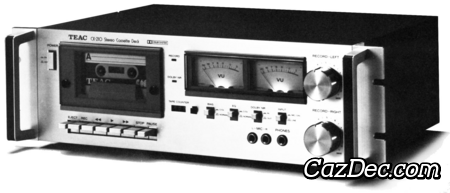
Pioneer CT-320 Cassette Deck

This product is missing a good quality picture. You can provide a picture taken by you from your own deck, or send us scanned picture of this deck taken from the original manufacturer brochure by clicking this text.


The Pioneer CT-320 is a stereo cassette deck with Dolby B noise reduction, it was introduced by Pioneer in 1981 with a manufacturer suggested retail price of USD $150 and discontinued a year later.
The main features of the Pioneer CT-320 cassette deck are: 2 heads, analog 3 digit tape counter, tape type selection with support for normal, chrome and metal tapes, belt driven single-capstan transport.
Typical front loading cassette deck with the cassette compartiment located on the left side of the deck. Tape eject is operated mechanically and the cassette needs to be placed with the side to be played facing forward in the cassette well.
The Dolby-B system reduces tape hiss on tapes recorded on the Pioneer CT-320 by as much as 10 dB at the highest frequencies.
To make live recordings this deck has 2 microphone inputs to connect microphones with a jack connector. Connection to other audio components for plaback can be achieved by a RCA cable and recording from a source by a RCA cable.

Historic events
Features of Pioneer CT-320

 2 Mono Microphone Inputs
2 Mono Microphone Inputs
 AC Power Cord / Plug
AC Power Cord / Plug
 RCA Input/Output Connectors
RCA Input/Output Connectors
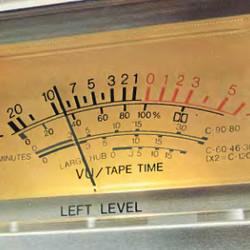
 3-Digıt Mechanical Counter
3-Digıt Mechanical Counter
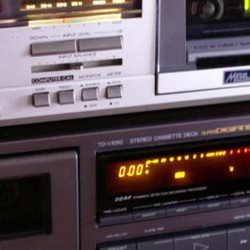
 Orientation Left
Orientation Left
 Front Loading
Front Loading
 Silver Finish
Silver Finish
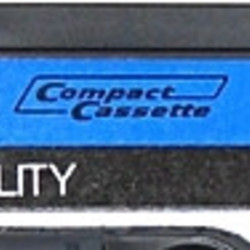
 Stereo
Stereo
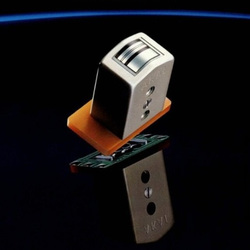
 2 Head Desiǥn
2 Head Desiǥn
 4 Track / 2 Channel
4 Track / 2 Channel
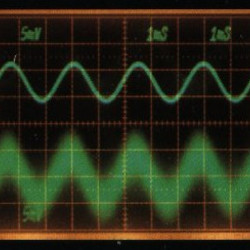
 Dolby-B Noise Reduction
Dolby-B Noise Reduction
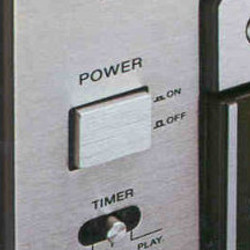
 Alternating Current
Alternating Current
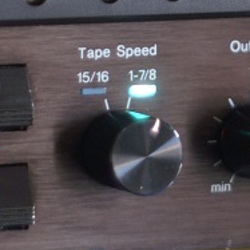
 1⅞ ips - 4.76 cm/s
1⅞ ips - 4.76 cm/s
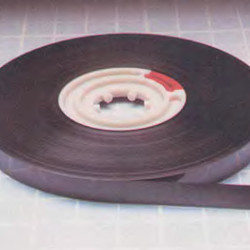
 Normal Tape Capabilıty
Normal Tape Capabilıty
 Chrome Tape Capabilıty
Chrome Tape Capabilıty
 Metal Tape Capabilıty
Metal Tape Capabilıty

 Auto Shutoff
Auto Shutoff
 Sìngle Capsŧan Transport
Sìngle Capsŧan Transport
 Belt Drive (Capsŧan)
Belt Drive (Capsŧan)
 Mechanical Tape Loading
Mechanical Tape Loading
Similar to Pioneer CT-320 from the period 1981 - 1982
Notice on copying anything
Copying Pioneer CT-320 information from this site and use it in your auction or on your website is not allowed. A link to this page for Pioneer CT-320 is allowed from your website or auction.


